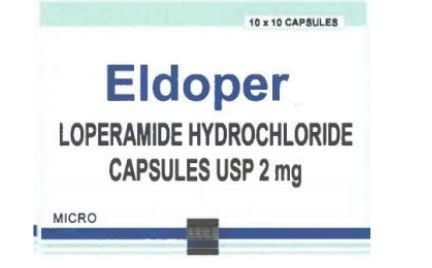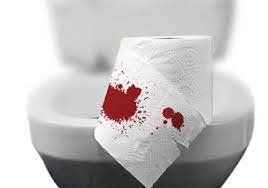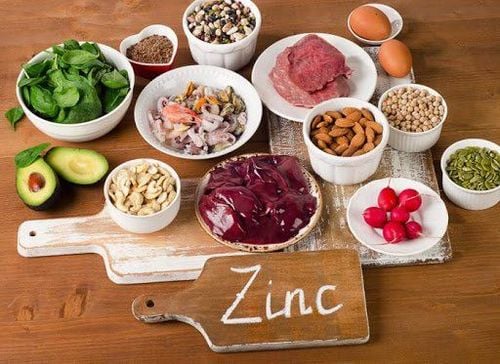The article was professionally consulted by a Pediatrician - Neonatologist - at Vinmec Nha Trang International General Hospital.
Anal fissure in children is a common condition in children from 6 to 24 months old, less common in older children. The disease often makes children uncomfortable because anal fissures cause pain and bleeding, but most cases are self-healing and can be treated at home. If the symptoms do not improve or the fissure does not heal for a long time, it can become chronic, so parents need to take their children to see doctors and receive care under their guidance.
1. What is anal fissure?
An anal fissure is a term used to describe a small tear in the lining of the child's anal canal. Although it is only a small injury to the lining, it can easily cause inconvenience, even fear in the child's daily activities when defecation is difficult, or there is blood in the stool, confusing for parents.
2. What are the causes of anal fissures in children?
Anal fissures in children have a variety of causes, but are mainly the result of constipation, leading to the stool being large and hard each time the child defecates, easily causing damage to the anus when passing through the anal canal. In addition, the pain caused by anal fissures when defecating makes children more afraid of defecating. This increases the risk of chronic constipation, creating a pathological spiral that affects the child's entire digestive system.
In addition, there are several other causes of anal fissures in children, including:
- The habit of straining when defecating causes the force of pushing stool through the anus, increasing pressure and forming a tear;
- Inflammation of the anorectal area or ulcerative colitis;
- Up to 80% of children have anal fissures in the first year of life, but the cause is still unknown.
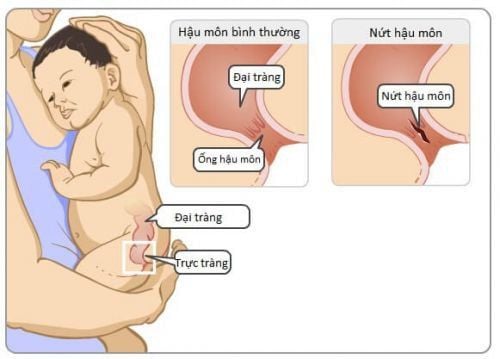
3. Symptoms of anal fissures in children
Anal fissures in children have quite obvious symptoms and are easy to check. Parents need to pay attention to the following symptoms in children:
- Children are fussy or uncomfortable every time they defecate;
- When the child finishes defecating, they will pass a large, hard stool covered with fresh blood;
- For older children, they often try to hold back their bowel movements to avoid pain;
- Most obviously, when parents check the child's anus, they will discover a tear along the skin of the anal canal;
- In addition, the child may also have itching or irritation around the anus.
If an anal fissure does not heal and lasts more than 6 weeks, there is a high risk of becoming chronic. This is the most common complication of anal fissures in children. After healing, the fissure is still prone to recurrence and continuous histological damage. In addition, if the tear penetrates the inner anal sphincter, it will cause the muscle to contract, easily leading to a wider tear and difficult to heal, requiring specialized treatment.
4. Treatment of anal fissures in children
As mentioned, anal fissures are quite common in children and most of them heal on their own or after non-surgical treatment. Symptoms usually disappear after 2 weeks but it takes up to 8 weeks to heal completely. If after that time, the fissure still exists, specialized treatment may be needed.
The first method needs to do to treat anal fissures in children is to change the children’s living habits and diet, specifically:
- Change diapers regularly and keep the anal area clean;
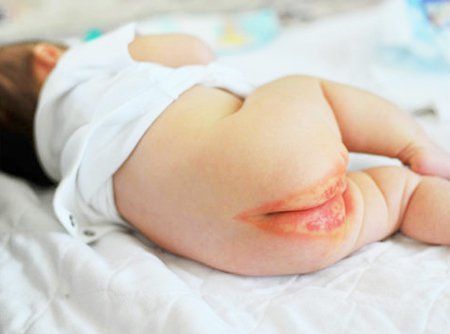
- Give children more fiber and drink more water to reduce constipation;
- Regular gentle exercise.
After lifestyle changes and laxatives or stool softeners have failed to help, the doctor may recommend using medicated creams or suppositories for children. These are corticosteroids for rectal use, or creams or ointments containing hydrocortisone to help reduce inflammation and discomfort.
Surgery is the last solution for treating anal fissures in children when the condition tends to become chronic. Surgery involves cutting part of the anal sphincter muscle to reduce spasms and pain to help heal the wound, and the removal may include removing the fissure and surrounding fibrous tissue. Children need to be cared for in the hospital after surgery, although this surgery rarely causes complications such as incontinence.
5. How to prevent anal fissures in children
Changes in living habits and lifestyle will help children avoid anal fissures or reduce the symptoms of the disease and heal faster. Preventive measures include:
Eat more fiber, from 20-35g of fiber per day. Increasing fiber should be done slowly because extreme eating can easily cause bloating;
Drinking enough water is very important to prevent constipation - which is also the main cause of the disease;
Regular exercise will help increase intestinal motility, and blood circulation to help defecate easily and heal the tear quickly;
Soak the anus in warm water for 15-30 minutes, 2-3 times a day to help reduce pain and itching;
Instruct children to avoid straining when defecating because it will create pressure, causing tearing or creating new fissures in the anus.
Parents can take children with anal fissures to Vinmec International General Hospital for examination and treatment. Here, there is a team of well-trained and experienced Gastroenterologists; a complete and modern medical equipment system, and professional service quality, for high diagnostic and treatment efficiency.
To arrange an appointment, please call HOTLINE or make your reservation directly HERE. You may also download the MyVinmec app to schedule appointments faster and manage your reservations more conveniently.
